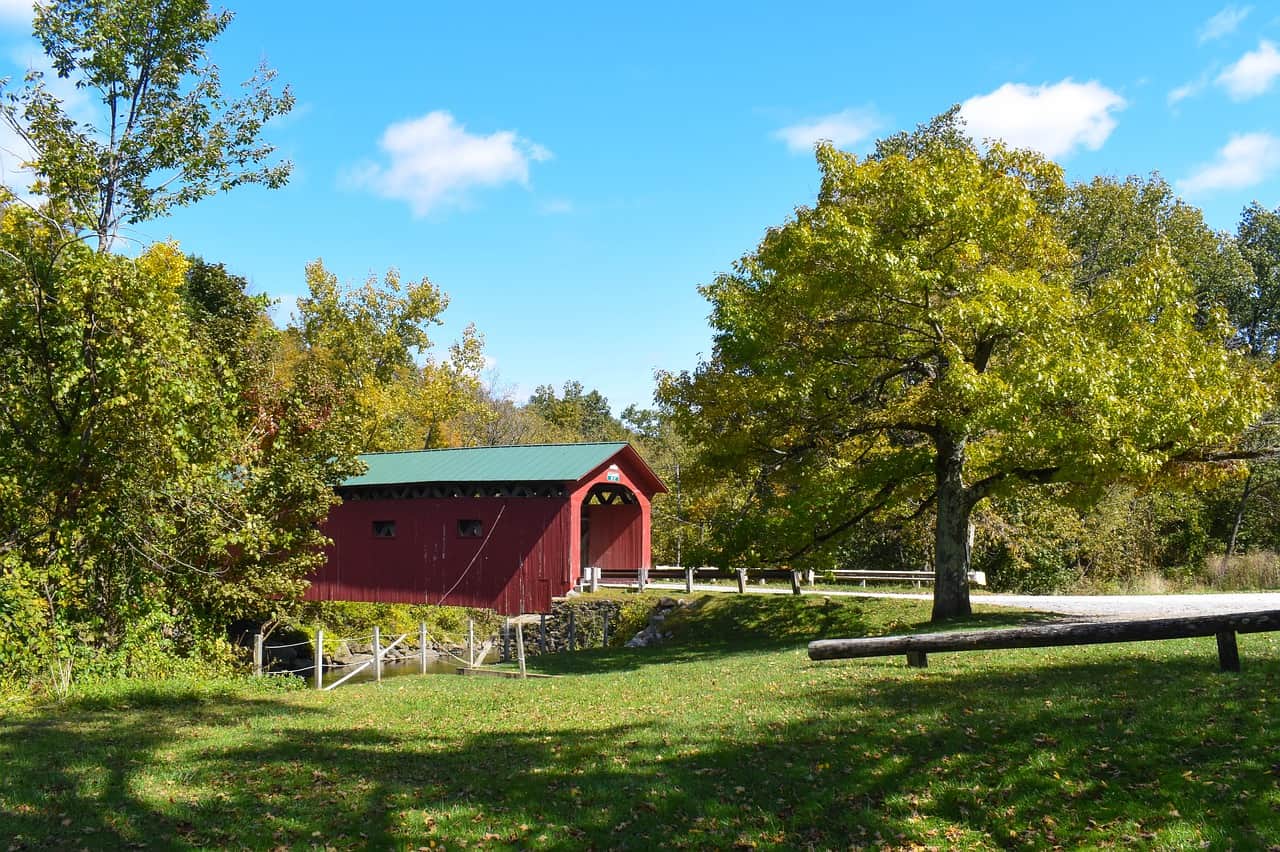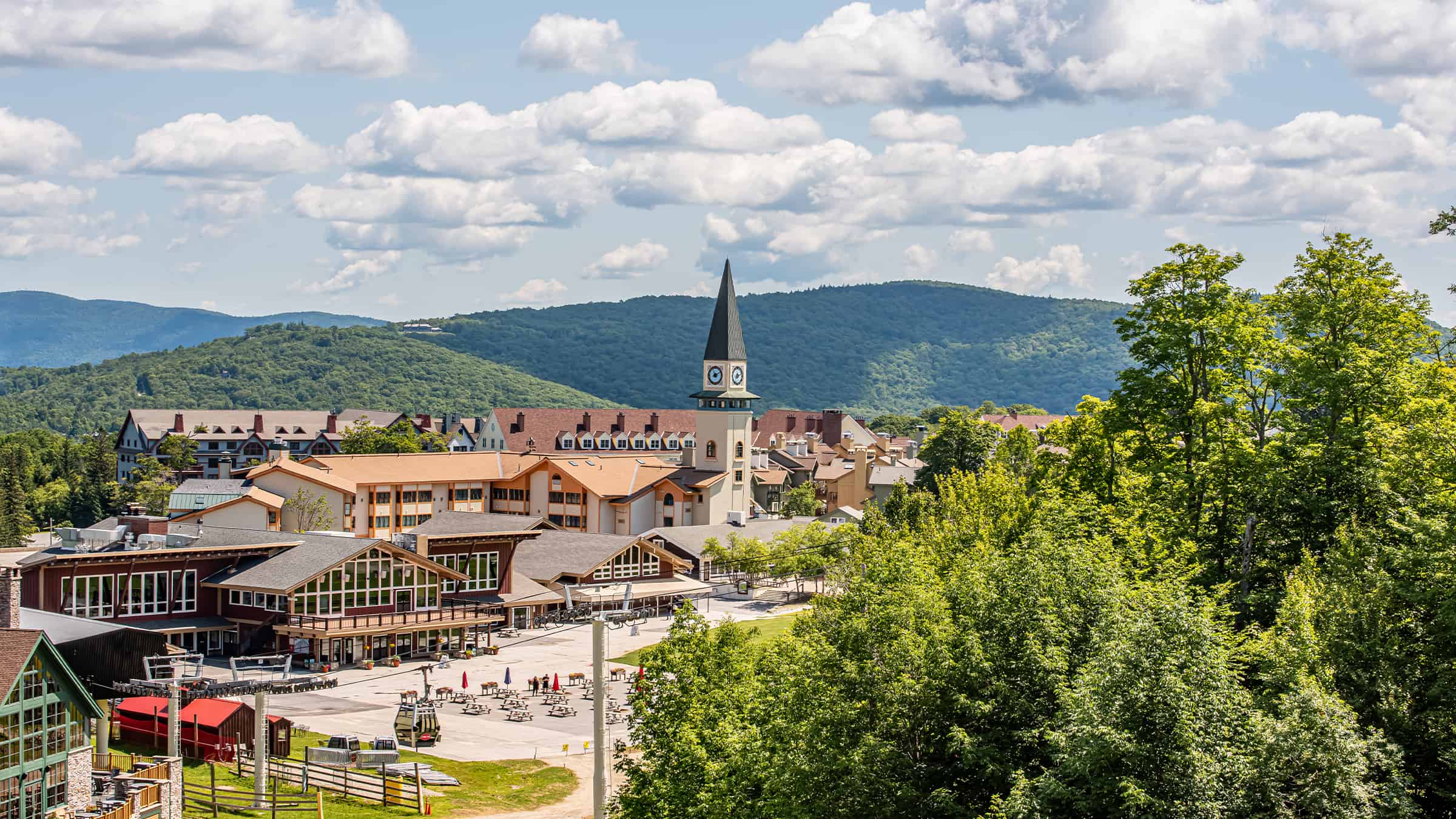 Would you be surprised to learn that Vermont played a significant role in the African American history of this country? I dare say most people would find that surprising. That’s one of the reasons Curtiss Reed, Jr. helped develop and promote the Vermont African American Heritage Trail. Director of Brattleboro’s Vermont Partnership for Fairness and Diversity, Reed felt that understanding the role of African Americans in Vermont’s past would create a bridge to greater diversity in the future. A joint venture between his organization and the Vermont Department of Tourism and Marketing, the Vermont African American Heritage Trail lays out a self-guided tour from one end of the state to the other, pinpointing sites significant to African American history.
Would you be surprised to learn that Vermont played a significant role in the African American history of this country? I dare say most people would find that surprising. That’s one of the reasons Curtiss Reed, Jr. helped develop and promote the Vermont African American Heritage Trail. Director of Brattleboro’s Vermont Partnership for Fairness and Diversity, Reed felt that understanding the role of African Americans in Vermont’s past would create a bridge to greater diversity in the future. A joint venture between his organization and the Vermont Department of Tourism and Marketing, the Vermont African American Heritage Trail lays out a self-guided tour from one end of the state to the other, pinpointing sites significant to African American history.
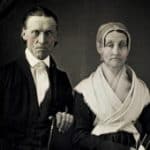 The Trail not only explores sites which tell the story of the lives of African Americans who lived, studied, and worked in Vermont, but also of fellow Vermonters with whom their lives were intertwined by issues of equality and freedom. Take for example, Rokeby Museum in Ferrisburgh, VT, home to the abolitionist Robinson family and preeminent Underground Railroad site. There you will be introduced to Simon and Jesse, two fugitives from slavery who sheltered at the farm in the 1830s. The exhibit “Free and Safe: The Underground Railroad in Vermont” traces their story from slavery to freedom. Also in Ferrisburgh, visit the spot where Frederick Douglass, one of the great orators and black leaders of the 19th century, delivered an impassioned abolitionist speech in July 1843.
The Trail not only explores sites which tell the story of the lives of African Americans who lived, studied, and worked in Vermont, but also of fellow Vermonters with whom their lives were intertwined by issues of equality and freedom. Take for example, Rokeby Museum in Ferrisburgh, VT, home to the abolitionist Robinson family and preeminent Underground Railroad site. There you will be introduced to Simon and Jesse, two fugitives from slavery who sheltered at the farm in the 1830s. The exhibit “Free and Safe: The Underground Railroad in Vermont” traces their story from slavery to freedom. Also in Ferrisburgh, visit the spot where Frederick Douglass, one of the great orators and black leaders of the 19th century, delivered an impassioned abolitionist speech in July 1843.
 The issue of slavery was foremost in the minds of many Vermonters from very early on. Old Constitution House in Windsor, VT is the site where Vermont adopted its constitution in 1777 as the “Free and Independent State of Vermont.” (Vermont did not join the United States until 1791.) This constitution included the words, “Therefore, no male person, born in this country, or brought from over sea, ought to be holden by law, to serve any person, as a servant, slave or apprentice…” thus prohibiting the practice of slavery.
The issue of slavery was foremost in the minds of many Vermonters from very early on. Old Constitution House in Windsor, VT is the site where Vermont adopted its constitution in 1777 as the “Free and Independent State of Vermont.” (Vermont did not join the United States until 1791.) This constitution included the words, “Therefore, no male person, born in this country, or brought from over sea, ought to be holden by law, to serve any person, as a servant, slave or apprentice…” thus prohibiting the practice of slavery.
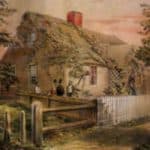 Another stop of interest is the town of Brandon, VT. The town was home to two founders of the American Anti-Slavery Society and the town was a hotbed of anti-slavery activity. A visit to the Brandon Museum, another stop on the Trail, tells the story including how native son Stephen Douglas (Lincoln’s opponent in 1860), a slave owner, came to prominence, and how his politics were rejected by this anti-slavery town. The Brandon Museum actually occupies the Stephen Douglas birthplace. A walking tour through town provides even more historical perspective into this era. See the sites of the Vermont Anti-Slavery Society’s 1837 convention, the spot where a runaway slave spoke in 1844, and the home of abolitionist organizer, Orson Murray.
Another stop of interest is the town of Brandon, VT. The town was home to two founders of the American Anti-Slavery Society and the town was a hotbed of anti-slavery activity. A visit to the Brandon Museum, another stop on the Trail, tells the story including how native son Stephen Douglas (Lincoln’s opponent in 1860), a slave owner, came to prominence, and how his politics were rejected by this anti-slavery town. The Brandon Museum actually occupies the Stephen Douglas birthplace. A walking tour through town provides even more historical perspective into this era. See the sites of the Vermont Anti-Slavery Society’s 1837 convention, the spot where a runaway slave spoke in 1844, and the home of abolitionist organizer, Orson Murray.
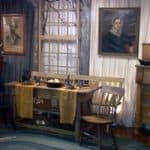 The Trail also offers real insight into the lives of some of Vermont’s earliest African American citizens. Visit the Grafton History Museum in Grafton, VT to hear the story of Alec and Sally Turner. Alec was the descendant of an African chief and an English merchant’s daughter. He was born into slavery in Port Royal, Virginia, but escaped to join the 1st New Jersey Cavalry as a cook during the Civil War. After the war, he and his family lived in Maine and Boston before settling in Grafton, Vermont in 1872. Through hard work, he was able to purchase 150 acres of land where he built Journey’s End Farm. It was here he and his wife stayed and raised their 13 children.
The Trail also offers real insight into the lives of some of Vermont’s earliest African American citizens. Visit the Grafton History Museum in Grafton, VT to hear the story of Alec and Sally Turner. Alec was the descendant of an African chief and an English merchant’s daughter. He was born into slavery in Port Royal, Virginia, but escaped to join the 1st New Jersey Cavalry as a cook during the Civil War. After the war, he and his family lived in Maine and Boston before settling in Grafton, Vermont in 1872. Through hard work, he was able to purchase 150 acres of land where he built Journey’s End Farm. It was here he and his wife stayed and raised their 13 children.
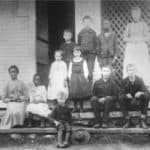 Altogether, there are 20 sites which make up the Vermont African American Heritage Trail. They are spread throughout the state, from the Northeast Kingdom to Manchester, in southern Vermont. We encourage everyone to discover which sites are nearby for you to explore during your visit to Vermont. The Vermont Department of Tourism & Marketing publishes a guide that you can request, to help plan your explorations, and Vermont.com can help you find the perfect places to stay in Vermont when you’re ready to go.
Altogether, there are 20 sites which make up the Vermont African American Heritage Trail. They are spread throughout the state, from the Northeast Kingdom to Manchester, in southern Vermont. We encourage everyone to discover which sites are nearby for you to explore during your visit to Vermont. The Vermont Department of Tourism & Marketing publishes a guide that you can request, to help plan your explorations, and Vermont.com can help you find the perfect places to stay in Vermont when you’re ready to go.
For more information:
Vermont African American Heritage Trail
Rokeby Museum
Old Constitution House
Brandon Museum
Grafton History Museum
State of Vermont Historic Sites
